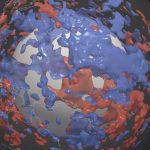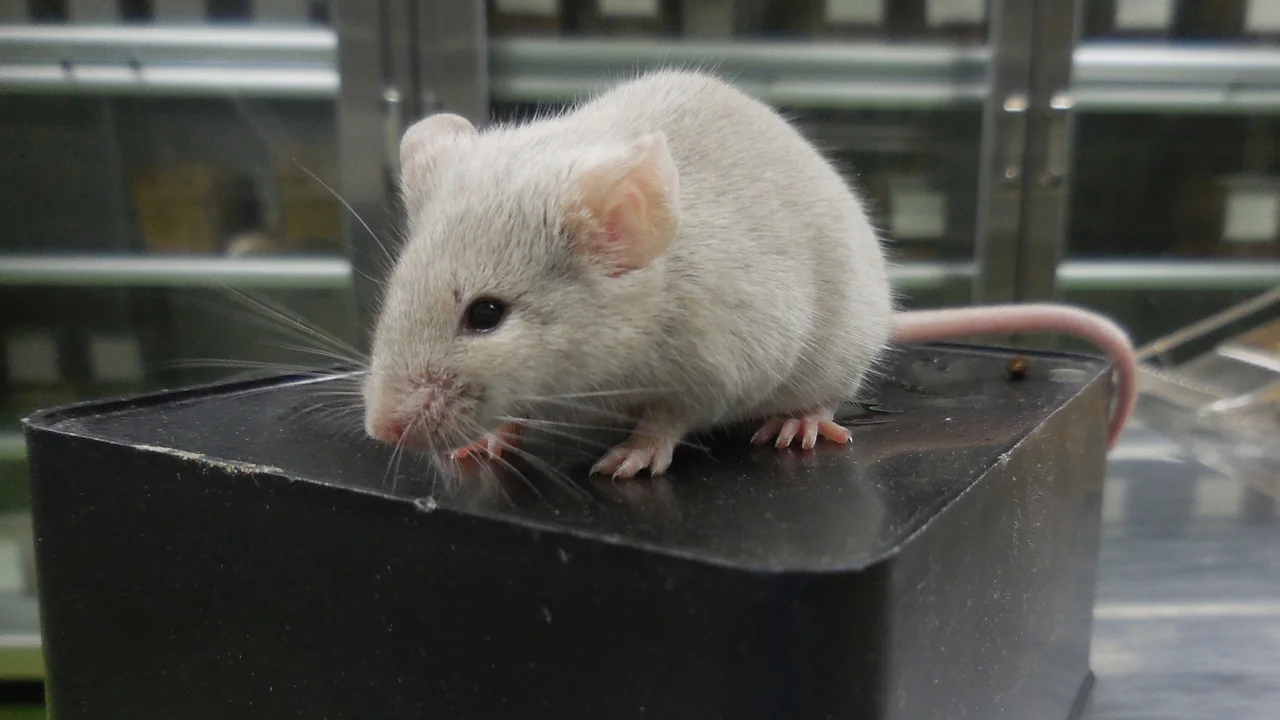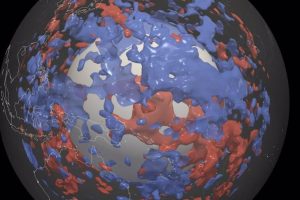() — Scientists created mice with two biologically male parents for the first time, a major milestone in reproductive biology.
The team, led by Katsuhiko Hayashi, Professor of Genomic Biology at Osaka University in Japan, generated eggs from skin cells of male mice that, when implanted in female mice, gave rise to healthy offspring, according to an investigation published on March 15 in the journal Nature.
This research, in addition to being a proof of concept, is the culmination of years of laboratory work. It could expand the possibilities of future fertility treatments, even for same-sex couples, and perhaps help prevent the extinction of endangered animals.
However, the scientists caution that much remains to be learned before the cultured cells can be used to produce human eggs in a laboratory dish.
“The application in humans is expected to take a long time, maybe 10 years or more. Even if it is applied, we will never know if the eggs are safe enough to produce (a) baby,” says Hayashi.
Reprogrammed skin cells from the tail of mice
The researchers took skin cells from the tail of fully grown male laboratory mice, which, like humans, contain one X and one Y chromosome, and turned them into induced pluripotent stem cells, or iPSCs, a type of cell that scientists have reprogrammed to an embryonic state.
This genetic engineering process, which introduces specific genes to create cells that mimic embryonic stem cells, was pioneered by scientist shinya yamanakaNobel prize winner.
(Induced pluripotent stem cells, which can become any type of human cell, are widely used in biological research to model and investigate human diseases and develop drugs.)
When iPSCs are grown in the lab, a few spontaneously lose the Y chromosome, which is not essential for the growth of this particular type of cell, generating “XO” cells, Hayashi explained.
The technology could help expand the possibilities of fertility treatments in the future.
The researchers cultured the XO cells and found that some developed two X chromosomes as a result of errors in cell division, making them chromosomally female. The researchers found that treating XO cells with a compound called reversin increased the number of XX cells.
From there, the team turned the XX cells into primordial germ cells, precursors to eggs and sperm, which were then programmed with the signals to turn them into eggs. Once fertilized with sperm and implanted in the uterus of a mouse, the eggs produced live young.
“This study is especially exciting because it takes advantage of errors known to occur during XY cell culture, which lead to the loss of the Y chromosome and the subsequent gain of a second X chromosome, resulting in XX cells capable of generate living offspring,” said Rod Mitchell, professor of developmental endocrinology at the MRC Center for Reproductive Health at the University of Edinburgh, Scotland, who was not involved in the research, in a statement.
“However, its potential application in humans (for example, in same-sex couples) remains to be seen. In the mouse study, very few of the embryos generated with mouse cells gave rise to live offspring and the final steps required to converting germ cells into eggs have not been replicated reliably with human cells,” added Mitchell, who is also a consultant pediatric endocrinologist at the Royal Hospital for Children and Young People in Edinburgh.
Only 7 of the 630 implanted mouse embryos gave rise to pups. According to Hayashi, this low success rate (around 1%) is not due to the conversion process of the sex chromosomes, but rather to the fact that cells grown in the laboratory are often inferior to those from living animals.
“This is because the conditions of the culture system are not optimal. Especially if the culture period is long (in this case, 5 to 6 weeks), the cell potential is compromised,” Hayashi explained by email. electronic.
And now that?
Hayashi’s research raised the possibility that same-sex couples may one day have a baby that shares the genes of both parents.
“It will be difficult to produce babies from male (human) partners for technical and ethical reasons,” says Hayashi. “But it is theoretically possible to produce babies from male-male pairs, as demonstrated in this study.”
He stated that it would be more difficult to achieve the opposite—that is, to produce sperm from female cells because they do not contain the Y chromosome, which is essential for producing sperm. Duplicating an X chromosome, which male cells already have, is easier than conjuring a Y chromosome in female cells, Hayashi explained.

The technology could prevent the extinction of the northern white rhino. Najin (foreground), 30, and his daughter Fatu, 19, are the last two of their kind on the planet.
Glenn Cohen, the James A. Attwood and Leslie Williams Professor of Law at Harvard Law School, said the work raised thorny ethical and legal questions that society needed to start thinking about.
Among these issues are embryo breeding—the production of hundreds of embryos to choose the best—and the unauthorized use of a person’s cells.
“What happens to all the embryos created but not used? Does it violate ethical standards of respect to create so many potential human lives knowing that the vast majority will be destroyed or stored indefinitely?” said Cohen, who is also director of the law school. from Harvard’s Petrie-Flom Center for Health Law Policy, Biotechnology, and Bioethics.
“In the most extreme case, imagine an individual using sloughed skin cells that Brad Pitt has left in the bathtub, for example, to obtain sperm or eggs in order to reproduce,” he added.
Save animals from extinction?
The technique holds promise for conserving endangered species, although it is not known whether the process in mice that led to the spontaneous loss of a Y chromosome and duplication of the X chromosome would occur in other mammalian species, said Mike McGrew, Staff Professor of Avian Reproductive Technologies at the Roslin Institute, University of Edinburgh.
“This is a very exciting finding for the conservation of the species,” he said by email. “It is possible to imagine that the numerous ‘biobanks’ would be created to capture the genetic diversity stored for endangered animal species. By chance, only or predominantly male cells could be preserved for some species.”
The techniques developed by Hayashi could help the northern white rhino breeding programaccording to Thomas Hildebrandt, Professor and Chair of Wildlife Reproductive Medicine at the Free University of Berlin and Head of Reproduction Management at the Leibniz Institute for Zoo and Wild Animal Research.
There are only two specimens of this species left in the world, and both are female. Hildebrandt tries to reproduce them artificially with sperm and tissue samples taken from deceased males.
“It’s a technology for tomorrow, but we have the option of creating a genetically healthy population. This is only possible with this stem cell approach,” Hildebrandt said.





![[Img #74773]](https://thelatestnews.world/wp-content/uploads/2025/01/Video-games-generated-only-with-artificial-intelligence-evolution-or-involution-150x150.jpg)







![[Img #74773]](https://thelatestnews.world/wp-content/uploads/2025/01/Video-games-generated-only-with-artificial-intelligence-evolution-or-involution-300x200.jpg)
